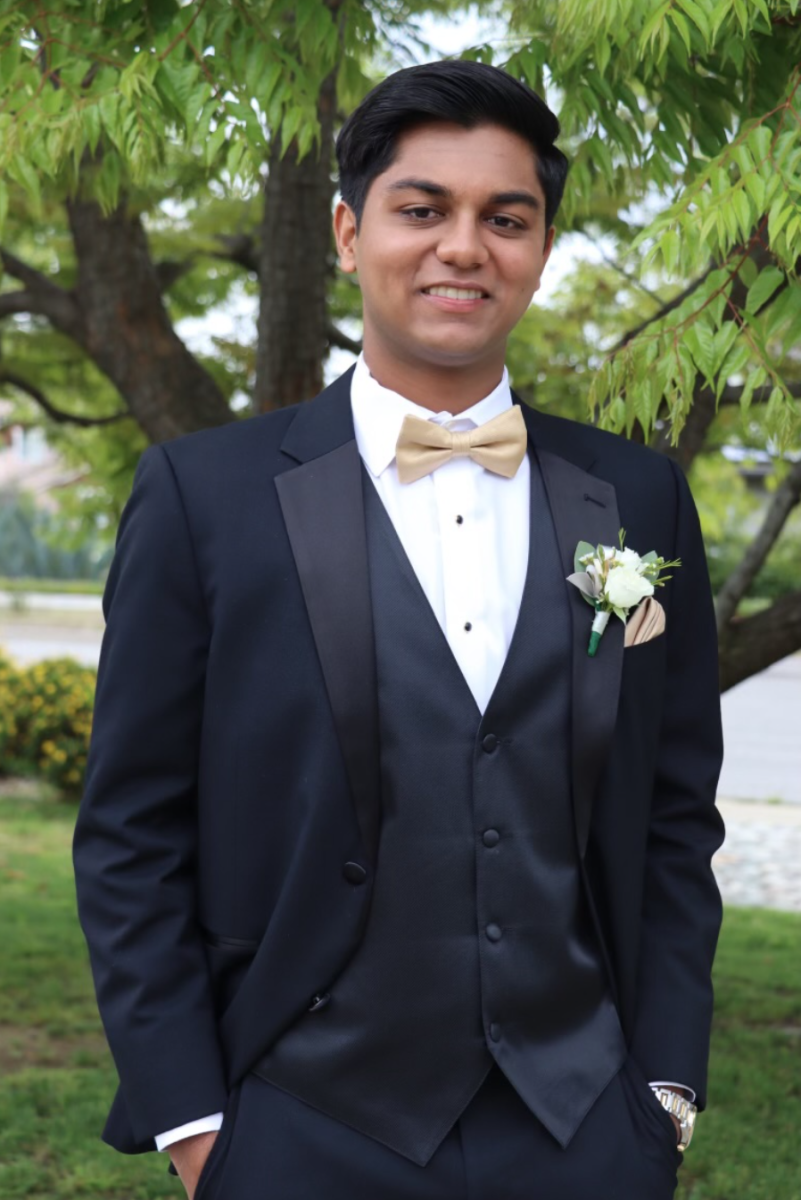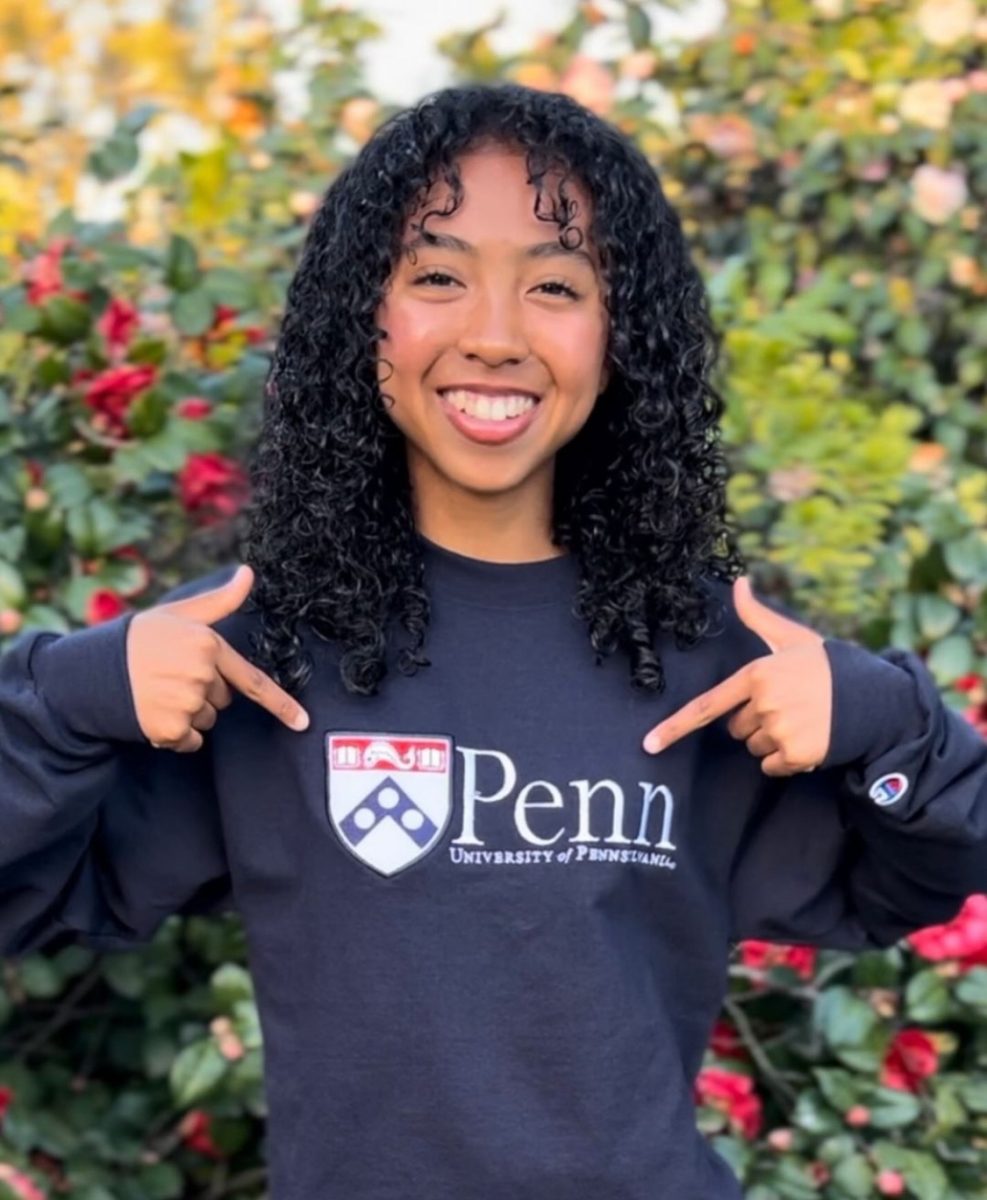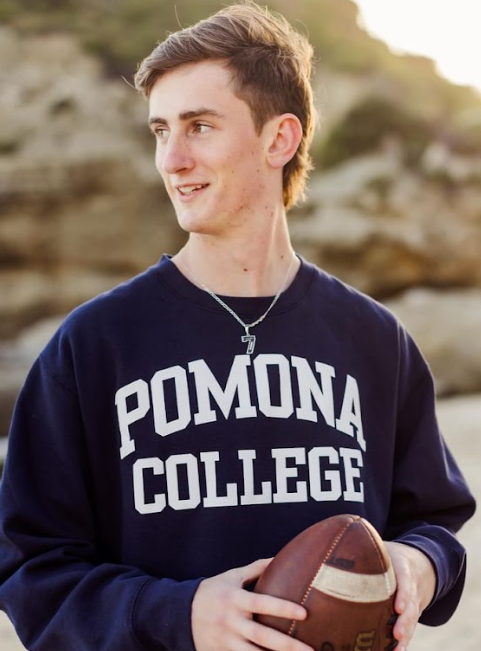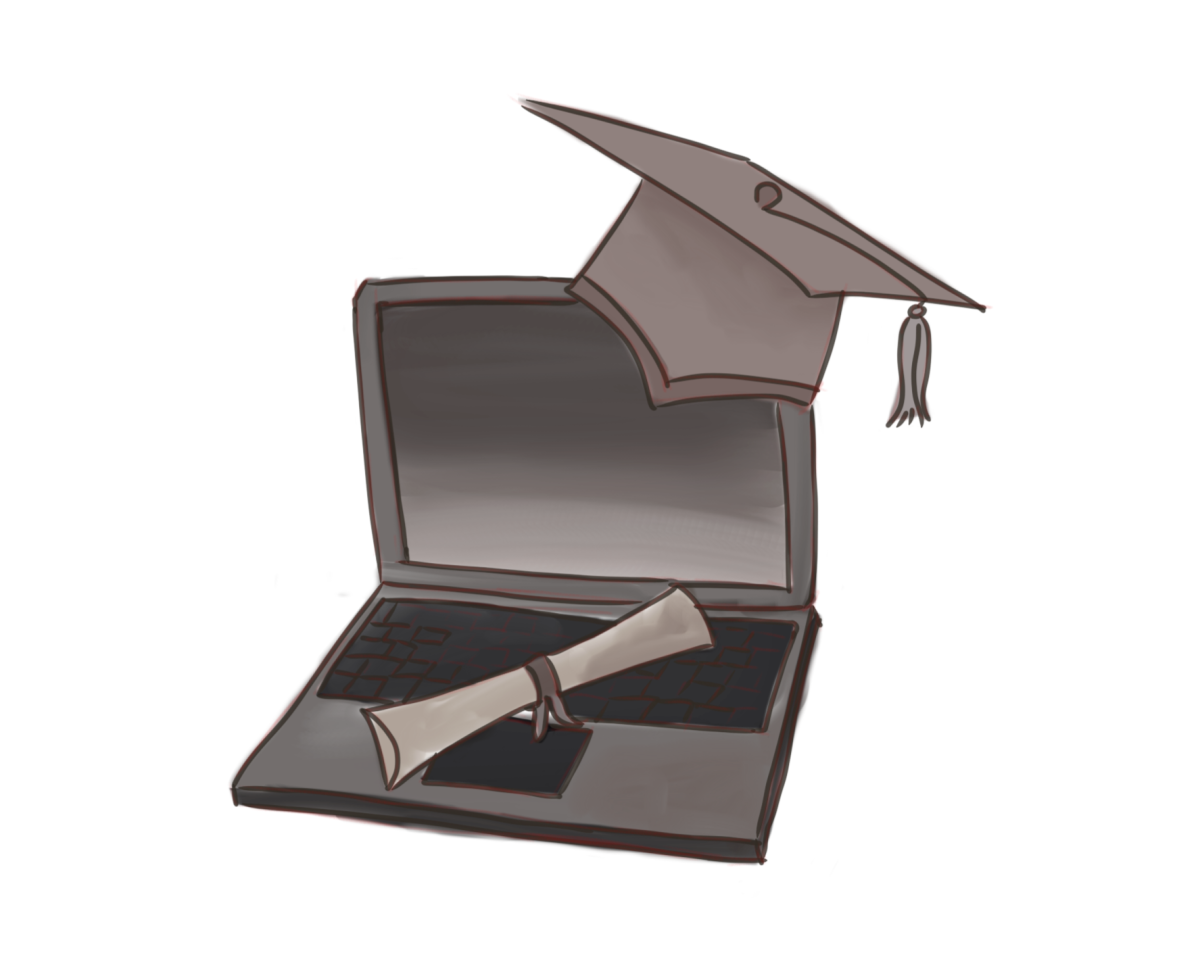Has someone ever told you that you do not belong in your ethnicity, race or culture? That you are not who you say you are? This is a common experience for many people who do not fit the “Asian” stereotype. Society expects certain physical attributes which can negatively influence the way people are perceived.
I once told someone that I was Asian; it had come up in conversation discussing our ethnicities and celebrations in our cultures. I mentioned my identity in passing. They responded, without much thought, “No, you aren’t.”
That statement made me think a lot about the complex topic of each person’s identity and the labels we apply, not only to ourselves but also to others. It really opened my eyes to a lot of things I had not considered before. But one thing in particular stood out to me: What do I have to do, have to be, to be considered Asian?
I began to consider a lot of experiences I had commonly overlooked. I started to mull over instances that happen in my everyday life that impact the way Asians are viewed. For example, the student response forms that we take at the beginning of each year during homeroom, ask us to checkbox an ethnicity; “American Indian or Alaska Native, Asian, Black or African American, Native Hawaiian or Other Pacific Islander, or white.” I have always felt odd, like an imposter, checking the Asian box; though google lists India as part of the countries under the Asian umbrella, I have never felt like I have been included in the word. When someone would describe a food as ‘Asian’ would they ever think of chutney or gulab jamun? I felt disassociated with the word, something I have since realized many other Asians have faced as well.
During the COVID-19 pandemic, we saw a rise in K-pop, Kdramas, and Korean beauty products, opening the world to East Asian culture. Though it might not be purposeful, the media plays a large role in stereotyping. People start to associate certain things with others, and it becomes ingrained in their minds. So with the rise in popularity of East Asian media the word “Asian” is used heavily in association with East Asian cultures, narrowing our views of what Asians look like. This focus isolates many Asian populations which begets the need for a broader representation of Asian people.
Never Have I Ever is a Netflix show marketed for the younger, teen audience with a South Asian main character, a first-generation Indian-American immigrant. AAPI month, or Asian American and Pacific Islander month, celebrates all Asian and Pacific Islander heritage.
However, there is still work to be done. To help underrepresented and excluded minorities, educating people about prejudice that they might be doing unknowingly is a step in the right direction. All cultures, ethnicities and people should feel included in the words they choose to describe themselves. We should strive to acknowledge and accept all cultures, all people, all over the world.
Redefining Asian stereotypes: who is ‘Asian’?
Donate to The Wolfpacket
$85
$500
Contributed
Our Goal
Hello there! Our goal is to provide relavent, engaging journalism for readers of all ages. Your donation will support the student journalists of the Wolfpacket at Claremont High School, and will allow us to purchase equipment, print our monthly issues, and enter in journalism competitions. We appreciate your consideration!
More to Discover
About the Contributor
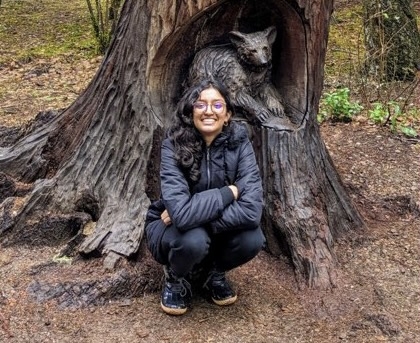
Tara Neemuchwala, Contributing Reporter
Tara Neemuchwala is a freshman and contributing reporter in the Wolfpacket. She enjoys reading a little too much and will be almost always found with a book, either physical or online. In the rare occasion to catch her without one, you may find her writing, volunteering, swimming, obsessively doing Duolingo, or explaining how to pronounce/spell her last name. Tara is interested in liberal arts/humanities and hopes to become a better writer. She is excited for the rest of freshman year and all the new things CHS will bring in the coming years.




